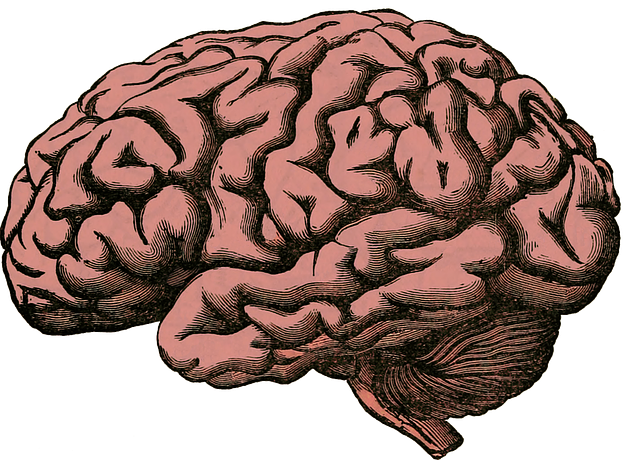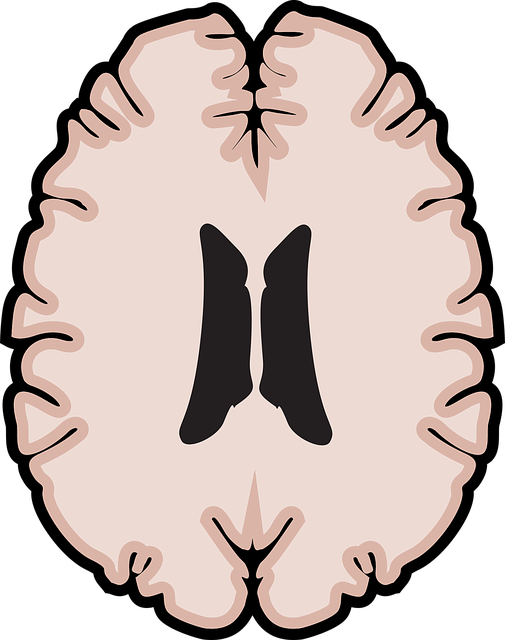Mental health professionals specializing in Littleton Mandarin Chinese Speaking Therapy face unique challenges including boundary blurring and burnout due to intense client disclosures and emotional situations. Cultural considerations are paramount, as language barriers and cultural nuances impact therapy outcomes for Mandarin-speaking clients. To mitigate these risks, therapists should adopt a comprehensive risk assessment framework tailored to Littleton Mandarin Chinese Speaking Therapy, prioritizing self-care, inner strength development, and support networks. Continuous evaluation, adaptation to best practices, and proactive measures like Depression Prevention initiatives are essential for maintaining safety, effectiveness, and well-being in this specialized field.
Mental health professionals, despite their crucial role, face unique risks that demand meticulous attention. This article delves into the intricate landscape of risk assessment for these specialists, focusing on a specific context: Littleton Mandarin Chinese-speaking therapy. We explore cultural nuances and challenges within this niche, outlining essential framework components for comprehensive risk management. Furthermore, we present strategies to mitigate identified risks and emphasize the importance of continuous evaluation in an ever-evolving field like mental health care, particularly when catering to diverse linguistic and cultural backgrounds, such as Littleton Mandarin Chinese speakers.
- Understanding the Unique Risks Faced by Mental Health Professionals
- The Littleton Mandarin Chinese Speaking Therapy Context: Cultural Considerations and Challenges
- Essential Components of a Comprehensive Risk Assessment Framework
- Strategies for Mitigating Identified Risks in Clinical Practice
- Continuous Evaluation and Adaptation: Ensuring Safety in an Evolving Field
Understanding the Unique Risks Faced by Mental Health Professionals

Mental health professionals, such as therapists offering Littleton Mandarin Chinese Speaking Therapy, encounter unique challenges that can contribute to heightened risk levels. While helping clients navigate their struggles, these experts often become deeply invested in their patients’ well-being, which can lead to boundary blurring and potential burnout. The nature of their work exposes them to intense emotional situations, personal disclosures, and sometimes traumatic content, putting significant pressure on their own mental health and resilience.
Moreover, the constant exposure to clients’ inner struggles might negatively impact professionals’ self-esteem and sense of identity. Building and maintaining strong boundaries, prioritizing self-care practices like inner strength development, and fostering a robust support network are essential coping mechanisms. Increased mental health awareness among these professionals is crucial for recognizing signs of stress or burnout early on, enabling timely intervention to mitigate risks and ensure long-term well-being.
The Littleton Mandarin Chinese Speaking Therapy Context: Cultural Considerations and Challenges

In the context of Littleton Mandarin Chinese Speaking Therapy, cultural considerations play a pivotal role in risk assessment for mental health professionals. The diverse linguistic and cultural backgrounds of clients can significantly impact therapy outcomes. For instance, language barriers may hinder open communication, making it challenging to accurately assess and address emotional intelligence and inner strength development. Additionally, understanding cultural nuances is essential to navigate the complex landscape of mental illness stigma reduction efforts within the Chinese community.
Therapists in this context must be sensitive to the unique challenges faced by their Mandarin-speaking clients. This includes adapting therapeutic techniques to accommodate language preferences while addressing potential cultural barriers that might affect therapy adherence and disclosure. By integrating cultural competency into risk assessment, mental health professionals can create a more inclusive and effective therapeutic environment tailored to the specific needs of Littleton Mandarin Chinese Speaking Therapy clients.
Essential Components of a Comprehensive Risk Assessment Framework

A comprehensive risk assessment framework for mental health professionals should incorporate several essential components to ensure effective identification and management of potential risks. Firstly, a thorough Littleton Mandarin Chinese Speaking Therapy approach is vital, allowing practitioners to understand clients’ cultural backgrounds and tailor interventions accordingly. This involves assessing not only language proficiency but also the individual’s unique psychological and social factors, which can significantly impact mental wellness.
Additionally, self-awareness exercises should be integrated into the risk assessment process. Encouraging professionals to reflect on their own emotional responses, stress levels, and potential biases enables them to recognize early signs of burnout prevention. By fostering self-awareness, therapists can better navigate complex client situations, ensuring they maintain optimal mental health themselves while providing quality care.
Strategies for Mitigating Identified Risks in Clinical Practice

In the context of Risk Assessment for Mental Health Professionals, identifying potential risks is only the first step. Implementing effective strategies to mitigate these risks is paramount in ensuring the well-being of both therapists and their clients. For professionals specializing in Littleton Mandarin Chinese Speaking Therapy, a holistic approach can significantly enhance resilience. This involves prioritizing self-care practices, such as setting clear boundaries between work and personal life, engaging in regular emotional check-ins, and cultivating inner strength through mindfulness techniques.
By incorporating these strategies, mental health practitioners can better manage the demands of their role. Inner Strength Development and Emotional Well-being Promotion Techniques play a pivotal role in fostering resilience against potential stressors. Regular supervision sessions, peer support networks, and access to specialized resources can further bolster their ability to navigate challenges effectively while maintaining high standards of care for their clients.
Continuous Evaluation and Adaptation: Ensuring Safety in an Evolving Field

In the dynamic field of mental health therapy, continuous evaluation and adaptation are paramount to ensuring safety and effectiveness. As practices evolve and new research emerges, professionals must remain agile in their approach to risk management. This includes regularly updating risk assessment strategies, staying informed about best practices, and fostering a culture of open communication within clinical settings. For instance, at Littleton Mandarin Chinese Speaking Therapy, continuous evaluation involves regular peer reviews and self-reflections to identify potential risks and vulnerabilities among clients.
Adapting to these changes is crucial for building resilience among both professionals and their clients. Effective risk management planning for mental health professionals incorporates proactive measures such as Depression Prevention initiatives, ensuring that practitioners are equipped to handle emerging challenges in an evolving landscape. By embracing a dynamic approach to risk assessment, mental health professionals can deliver more tailored and responsive care, ultimately enhancing the overall safety and well-being of their clientele.
Mental health professionals, especially those working in diverse settings like the Littleton Mandarin Chinese Speaking Therapy context, face unique risks that demand meticulous attention. By understanding these risks and implementing a comprehensive risk assessment framework, practitioners can better mitigate potential harm. This includes cultural considerations, continuous evaluation, and adaptive strategies to ensure safety and enhance patient care in an evolving field. Embracing these measures is crucial for maintaining a healthy work environment and optimizing outcomes for both professionals and clients.














